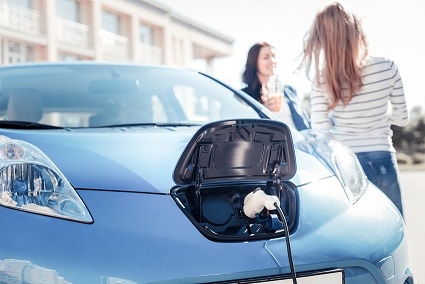At the heart of any electric (EV) or plug-in hybrid (HEV) vehicle lays the high-voltage (200 to 450 VDC) battery and its associated charging system. The on-board charger (OBC) provides the means to recharge the battery from the AC mains either at home or from outlets found in private or public charging stations. From a 3.6 kW single-phase to a 22 kW three-phase high-power converter, today's (OBCs) On-Board Chargers must have the highest possible efficiency and reliability to ensure rapid charging times as well as meet the limited space and weight requirements.
Our offer for energy-efficient OBC

ST has a wide offer of discrete semiconductors including AEC-Q101 qualified IGBTs and both silicon and silicon-carbide (SiC) MOSFETs and diodes, AEC-Q100 qualified galvanically isolated IGBT and MOSFET gate drivers and SPC5 32-bit automotive microcontrollers to enable scalable, cost-effective and energy-efficient solutions for implementing these challenging converters.